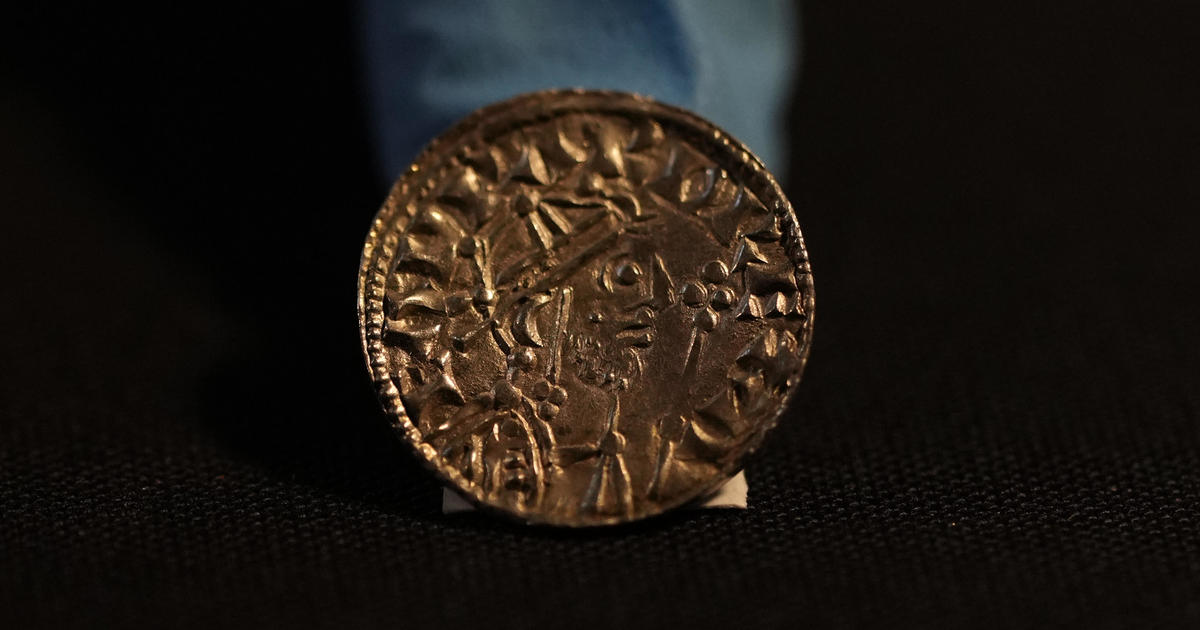The discovery of a vast hoard of nearly 2,600 silver coins in southwest England marks a significant archaeological find, providing valuable insights into the tumultuous period following the Norman Conquest of 1066. Unearthed by Adam Staples and his team of metal detectorists, the hoard, valued at $5.6 million, offers a unique lens into the political and social landscape of post-conquest England, challenging established narratives and enriching our understanding of this pivotal moment in British history. The coins themselves, minted between 1066 and 1068, depict both King William I, the Norman conqueror, and his defeated Anglo-Saxon predecessor, King Harold II, reflecting the complex power dynamics of the time. The discovery’s journey, from initial detection to eventual acquisition by the South West Heritage Trust and eventual display at the British Museum, is a testament to the intricate process involved in handling significant archaeological discoveries in the UK.
The Chew Valley Hoard: A Window into 1066
The Discovery and Its Significance
The accidental discovery of the hoard, dubbed the Chew Valley Hoard, in 2019 by Adam Staples and his team, was purely serendipitous. The sheer volume of coins—2,584 silver pennies—immediately signaled the importance of the find. The initial excitement of unearthing what turned out to be a William the Conqueror coin quickly escalated as more and more coins were uncovered, revealing the magnitude of this unprecedented discovery. The monetary value of the hoard, estimated at £4.3 million ($5.6 million USD), further underlines its historical significance, highlighting the financial and cultural importance of medieval coinage. This is considered a “find of the year” by the experts in this field.
The Coins: A Reflection of a Turbulent Era
The coins themselves are central to the historical significance of the hoard. Minted between 1066 and 1068, a period of immense upheaval and transition, they feature imagery of both William the Conqueror and Harold II, providing visual representations of the power struggle that characterized the Norman Conquest. The designs on the coins—one side displaying the monarch’s head and the other bearing a symbolic emblem, with William’s showing an elaborate cross and Harold’s the ironic word “pax,” meaning peace—offer a poignant reflection on the era’s tensions and the contrasting ideologies of the two rulers. The remarkable similarity in the coins minted before and after the conquest challenges the notion of a clean break between Anglo-Saxon and Norman rule.
Reinterpreting the Norman Conquest
Challenging Traditional Narratives
The Chew Valley Hoard presents an opportunity to refine and nuance the commonly understood narrative surrounding the Norman Conquest. The simplistic dichotomy of “English versus French” or “good Saxons versus bad Normans,” often perpetuated in historical accounts, is challenged by the hoard’s discovery. The coins reveal the complex political reality of a time when families were interlinked and allegiances were fluid, highlighting a reality beyond simple nationalist labels. The hoard’s findings help historians offer a deeper and richer picture of that important historical event.
Understanding Post-Conquest Instability
The hoard’s context sheds light on the period immediately following the Battle of Hastings. The discovery suggests that these coins weren’t casually lost or discarded, but rather intentionally buried, possibly for safekeeping amid the burgeoning unrest and rebellions against Norman rule. This act of concealment highlights the inherent instability and vulnerability of the time. The timing of the coin burying can possibly be associated with the rebellions against William I in 1068.
The Journey of the Hoard: Discovery to Display
Legal Processes and Acquisitions
The discovery of the hoard initiated a careful process governed by the Treasure Act, a UK law which mandates that the discovery of significant historical treasures be reported to the local coroner. The process involves a formal evaluation of the hoard’s historical value and an appraisal determining the monetary value to be split between the landowner and finders. This rigorous procedure, along with expert appraisals, ensuring transparency and preservation of historical heritage, took several years before the hoard finally ended up with the South West Heritage Trust.
Public Display and Future Plans
Following a thorough appraisal and acquisition, the Chew Valley Hoard will embark on a public exhibition tour across the UK. This nationwide showcase will provide opportunities for a wide range of audiences to witness and learn about the find. The coins will initially be displayed at the British Museum, before making their way to the Museum of Somerset for their long-term residency, a testament to its lasting historical significance.
Takeaway Points
- The Chew Valley Hoard represents one of the most significant numismatic discoveries in recent years, offering invaluable insights into the Norman Conquest and its aftermath.
- The coins themselves challenge simplistic narratives surrounding 1066, emphasizing the complex interweaving of political and familial relationships in the post-conquest era.
- The hoard’s discovery highlights the important legal framework and procedures that govern the handling of significant archaeological finds.
- The public exhibition of the coins will increase public understanding of this important period in English history and of the history of coinage in the UK.
- The discovery highlights the contribution of amateur archaeologists, like Adam Staples and his team, and their essential role in the preservation of national heritage.




